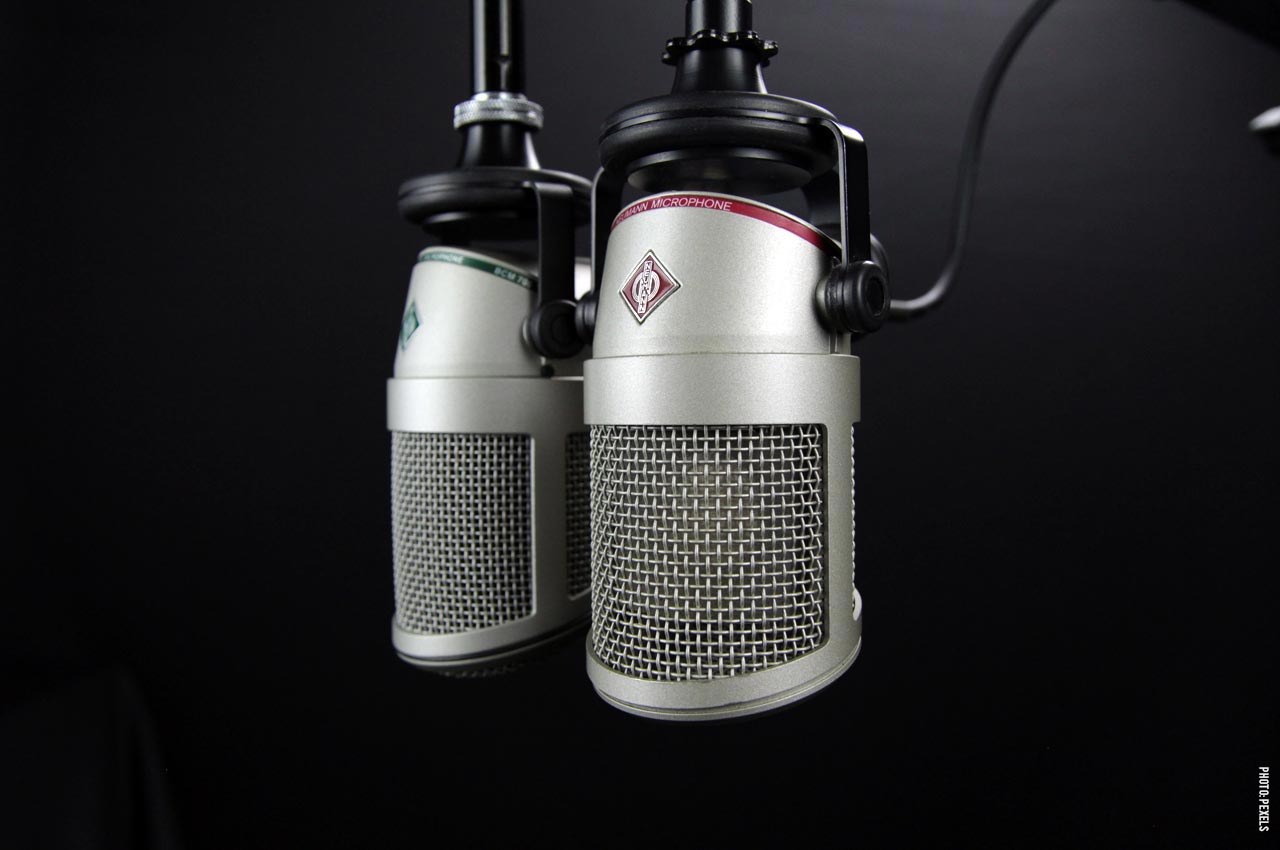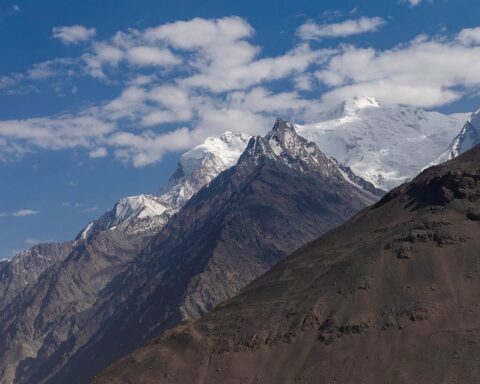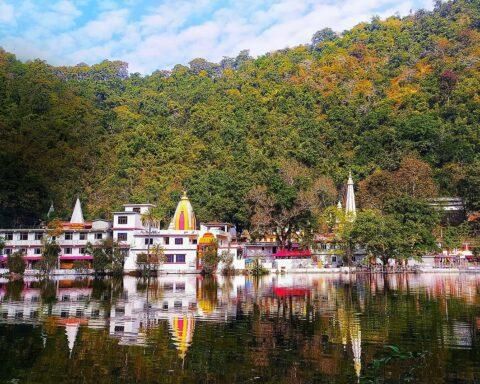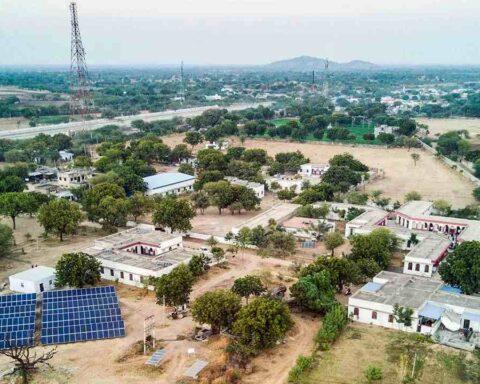In the summer of 2013, when heavy rains lashed Uttarakhand, triggering devastating flash floods, a group of people in a small village in Mukteshwar district huddled around an FM radio receiver, listening intently to a familiar voice. They had tuned in to KumaonVaani, a community radio station (CRS), that was providing critical weather and rescue and relief updates. In the immediate aftermath of a massive cloudburst in the Kedarnath Valley, which triggered the flash floods, 169 people died, and another 4,021 were reported missing, later presumed dead, according to the National Institute of Disaster Management.
That week of mayhem unleashed by nature yet again underscored the critical usefulness of community radio stations, especially at a time when normal telecommunication and broadcast channels go blink due to infrastructure damage. During that period, KumaonVaani started broadcasting from morning to evening, focusing solely on rescue and relief operations. The Nainital-based CRS, that operates on 90.4 megahertz (MHz), was the sole provider of vital information to the anxious villagers until regular communication channels were restored.
Three stations—KumaonVaani in Mukteshwar, Hevalvaani in Chamba and Mandakini ki Awaaz—emerged as the most relevant media for the people in the remote villages of the mountain state which were cut off from the rest of the country due to incessant rain and landslides that swept away chunks of state and national highways. Meanwhile, Gram Vaani, a social enterprise set up by IIT Delhi that had tied up with 30 community radio stations, harnessed the power of mobile phones to connect the stranded villagers with the administration that was carrying out relief and rescue operations. Gram Vaani provided the mobile phone numbers of the three radio stations to the villagers and asked them to give a missed call. The radio stations called back and recorded the questions or concerns of the villagers, which they then passed on to the officials coordinating the relief and rescue operations. The community radio stations thus established two-way communication in such a difficult situation.
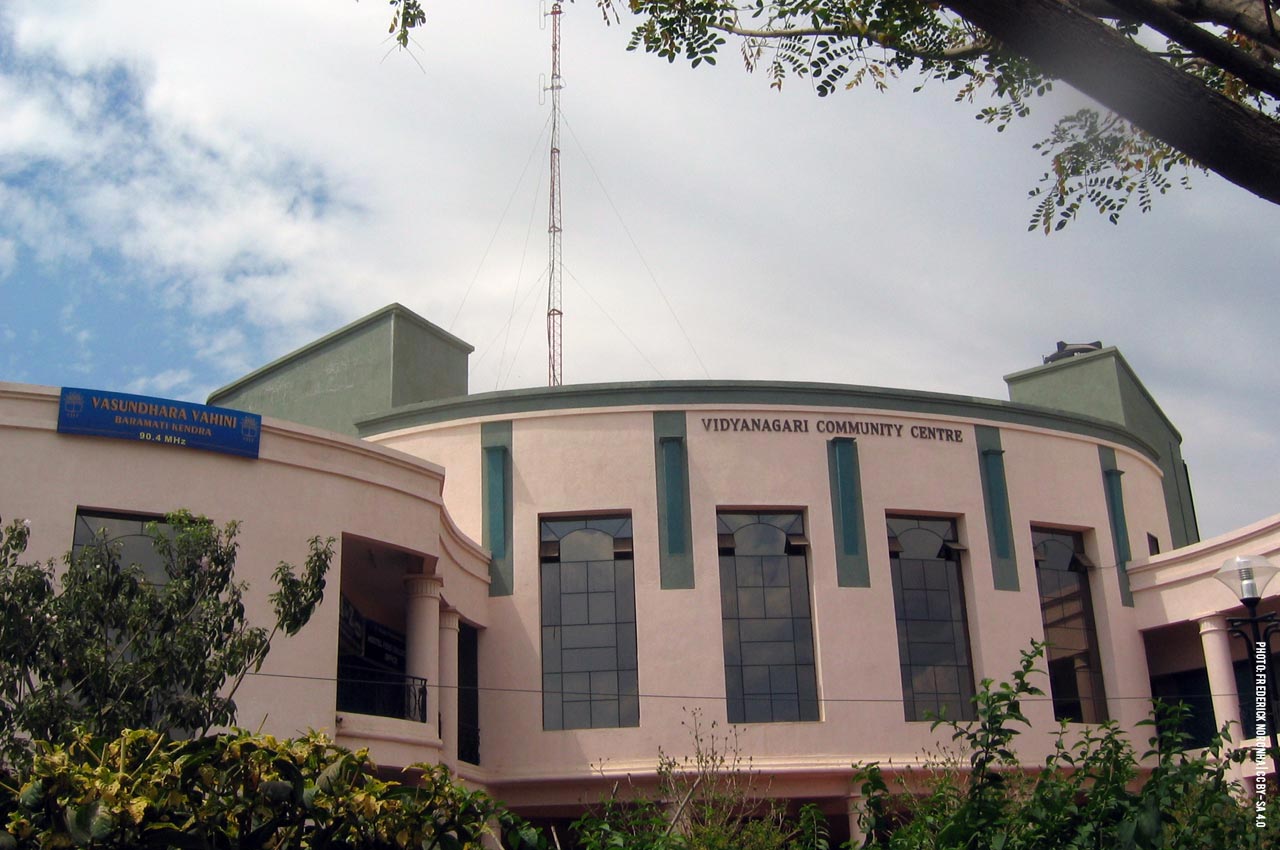
Talking of technological innovations and use of community radio stations in the social development sector, a precedent was set in the state of Chhattisgarh,where such an experiment was becoming a role model. CGNetSwara, a voice-based portal, freely accessible via mobile phones, allowed anyone to report and listen to stories of local interest, was launched in 2010 in the Naxalite-affected regions of Chhattisgarh in the local Gondi language. The reported stories were moderated by journalists and became available for playback online as well as over the phone. This became one of the more reliable sources of information in one of the remotest and backward regions of India.
The beginning
The beginning of community radio stations in India is rather delayed compared to some other countries and was prone to a stop-start approach. While activists, inspired by success stories, particularly in Latin America, were clamouring for setting up community radio stations, the defining moment came in the mid-1990s.
In 1995, the Supreme Court of India ruled: “Airwaves constitute public property and must be utilised for advancing public good.” This set in motion a number of initiatives to open up airwaves for private TV channels and radio FM stations. The idea behind the SC judgment was that broadcast media should propagate freedom of speech and expression. Taking a cue from this landmark ruling, activists and campaigners for community radio in India started demanding a policy from the government.
Initially, only educational institutions were allowed to operate community radio stations. Anna University’s Anna Radio became the first CRS in India when it started operating in 2004. But these initial stations were all run by educational institutes, effectively making them ‘campus’ radio and not the robust CRS network that many developing countries were putting in place.
Talking of technological innovations and use of community radio stations in the social development sector, a precedent was set in the state of Chhattisgarh, where such an experiment was becoming a role model. CGNetSwara, a voice-based portal, freely accessible via mobile phones, allowed anyone to report and listen
In 2006, the government of India formulated a new set of guidelines, which allowed NGOs and agricultural institutions to set up their own community radio stations within the specified framework. Setting up a CRS takes time. It took two years for the first NGO-run community radio station to begin operating. History was made in October 2008 when Sangham Radio—Asia’s first all-woman CRS—was launched in Medak district of Andhra Pradesh.
The station made a modest beginning, airing a 90-minute programme every day, but since then has expanded its operations manifold.
The success of the first privately-owned CRS created a mini revolution across the country. By 2015, more than 1,000 applications were received by the Ministry of Information and Broadcasting (MIB). There were 251 operational community radio stations in India by May 2019, according to an MIB document. Going by the expanse and diversity of India, this is a very modest number, and way short of the projected target of around 4,000 CRSs, according to an MIB report in 2007.
Govt support towards setting up a CRS
If one intends to set up a community radio station, the government provides support in a number of ways, including financial and capacity building. However, setting up a community radio station in India remains a cumbersome process and requires a number of formalities to be completed and clearances obtained from multiple ministries. Other than the nodal MIB, the licensing process also involves the ministries of home, defence, telecommunications, and finance. The eligibility criteria set in 2006 state that any educational institute or not-for-profit bodies like NGOs can apply for a CRS licence. Individuals, political parties, banned organisations, or those with criminal antecedents are ineligible. The NGOs are also scrutinised and at least three years of continued service is considered for eligibility.
The success of the first privately-owned CRS created a mini revolution across the country. By 2015, more than 1,000 applications were received by the Ministry of Information and Broadcasting (MIB). There were 251 operational community radio stations in India by May 2019, according to an MIB document
Since these are community radio stations, the equipment and wattage they use are also limited to a reach of approximately 12 kilometres’ radius. These CRSs are allowed a maximum wattage of 100 watts and the maximum height for antennae is set at 30 metres. However, one need not worry about these limitations, as they suffice for broadcast within a community. Ten to 12 kilometres’ radius covers a large area, and it is not unknown for some CRS to be heard many kilometres afar.
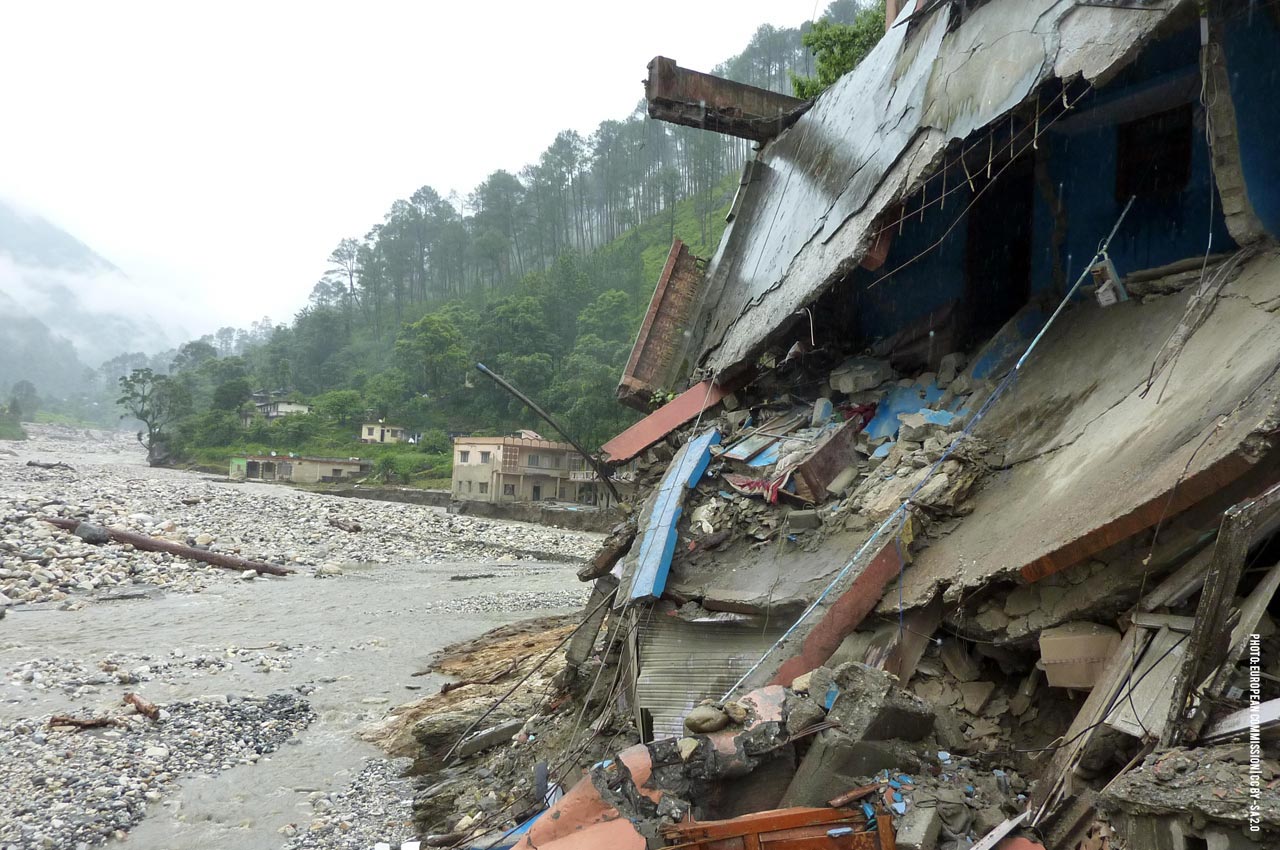
The central government also provides loans and grants to needy community radio stations. In 2013, the GOI launched a scheme called Supporting Community Radio Movement in India for providing financial assistance to community radio stations under the Community Radio Support Scheme. According to an MIB communique, grants were allowed in the following areas: a) Equipment acquisition that includes capital expenditure for purchase of equipment and upgradation of equipment; b) Replacement of existing equipment and upgradation or expansion as a one-time cost for existing (on-air) stations; c) Emergency grants to cover damages and repairs faced by community radio stations in extreme emergency situations, like natural calamities, lightning, cyclones, etc; d) Grants for capacity building of operational CRS and Letter of Intent holders; e) For awareness generation of CRS policy guidelines and CRS Scheme; f) For national and regional sammelans (conferences), peer review and compendia.
The maximum grant for equipment is fixed at 75 percent of the total value to a maximum of ₹7.5 lakh. Therefore, if the equipment cost is ₹10 lakh, one can apply for a grant of ₹7.5 lakh maximum. Fortunately, there are a number of innovative stations that were set up at much lower cost by using ingenious methods and cost control. Besides grants, the government has also launched various programmes for capacity building. The national and regional sammelans (conference) are two major annual events in which people running community radio stations get a chance to meet government representatives, learn about various government schemes, talk to peers, and participate in various training workshops. Government measures like providing financial assistance and training support have had a degree of success in encouraging the setting up of new CRSs each year.
Challenges in the field
Community radio stations, particularly those not backed by agricultural or medium and large educational institutions, have a running theme of challenges. Many of these not-for-profit CRSs are located in remote corners of the country. As such, they face huge issues in overcoming the bottlenecks in setting up CRSs. After prolonged waiting and numerous visits to the various government bodies and ministries, some succeed in obtaining a licence in three to five years. Then comes the biggest challenge: of managing finances.
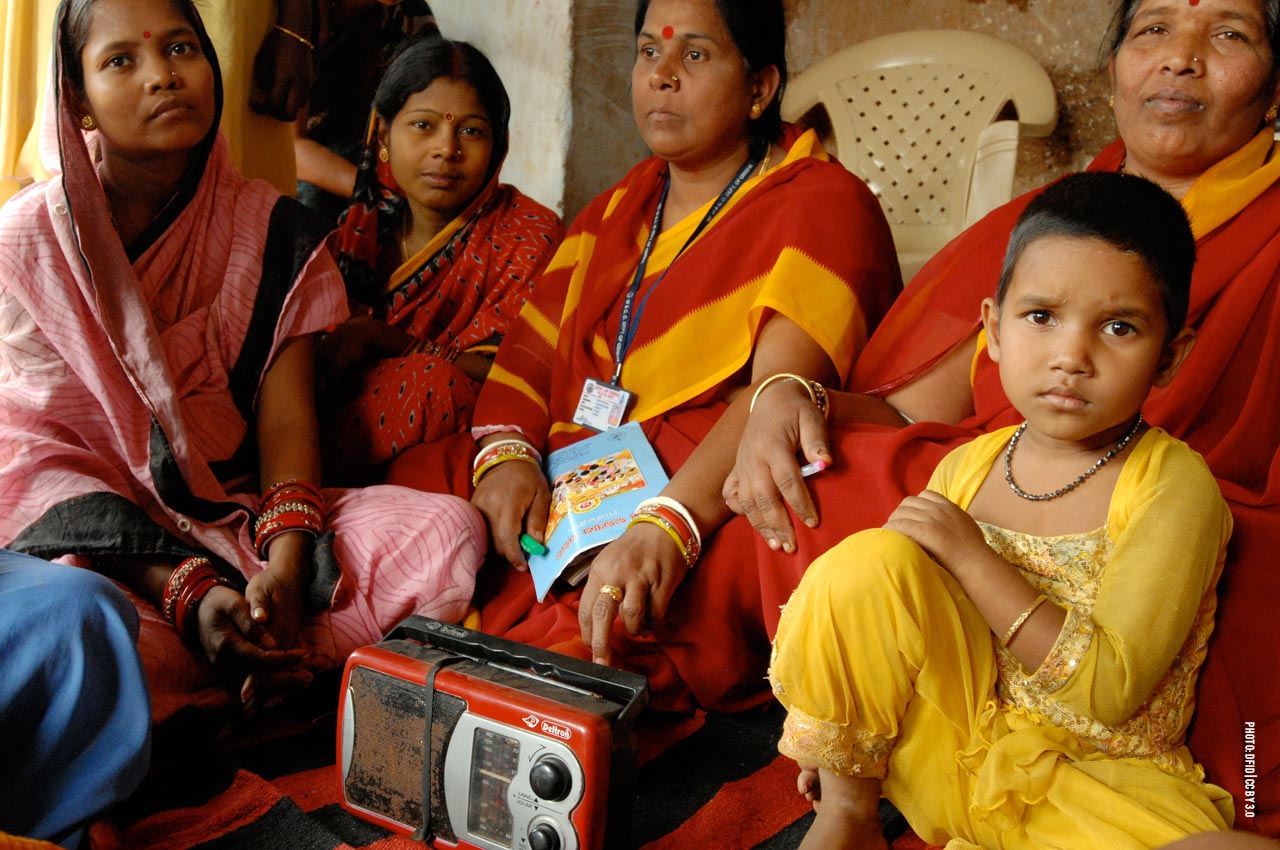
Community radio stations, particularly those not backed by agricultural or medium and large educational institutions, have a running theme of challenges. Many of these not-for-profit CRSs are located in remote corners of the country. As such, they face huge issues in overcoming the bottlenecks in setting up CRSs
While government grants for equipment exist, not all community radio stations are able to avail of them due to cumbersome procedures. The operational cost and day-to-day cost are also difficult to manage. CRSs cannot play commercial ads and there is a time limit for social ads and government ads that can be run each hour. They are completely dependent on the government for running various campaigns. Most of these campaigns can be assigned only if the CRS is empanelled with the Directorate of Advertising and Visual Publicity (DAVP) under the MIB. Getting DAVP empanelment invariably turns into another multi-year project. If they are able to ride out the long-drawn empanelment process, they can be assured of decent revenue by running various government campaigns on their stations. Besides DAVP, the United Nations also funds a few campaigns that some of the CRSs get to run.
Another challenge is generating content with limited resources. Most of the time, these stations are run by one- or two-member teams. There is a requirement of a minimum hour’s broadcast, and the station managers regularly come under pressure to produce content. One time-tested solution has been content sharing among peers. CRSs access content produced by other stations that can be run free on their stations too.
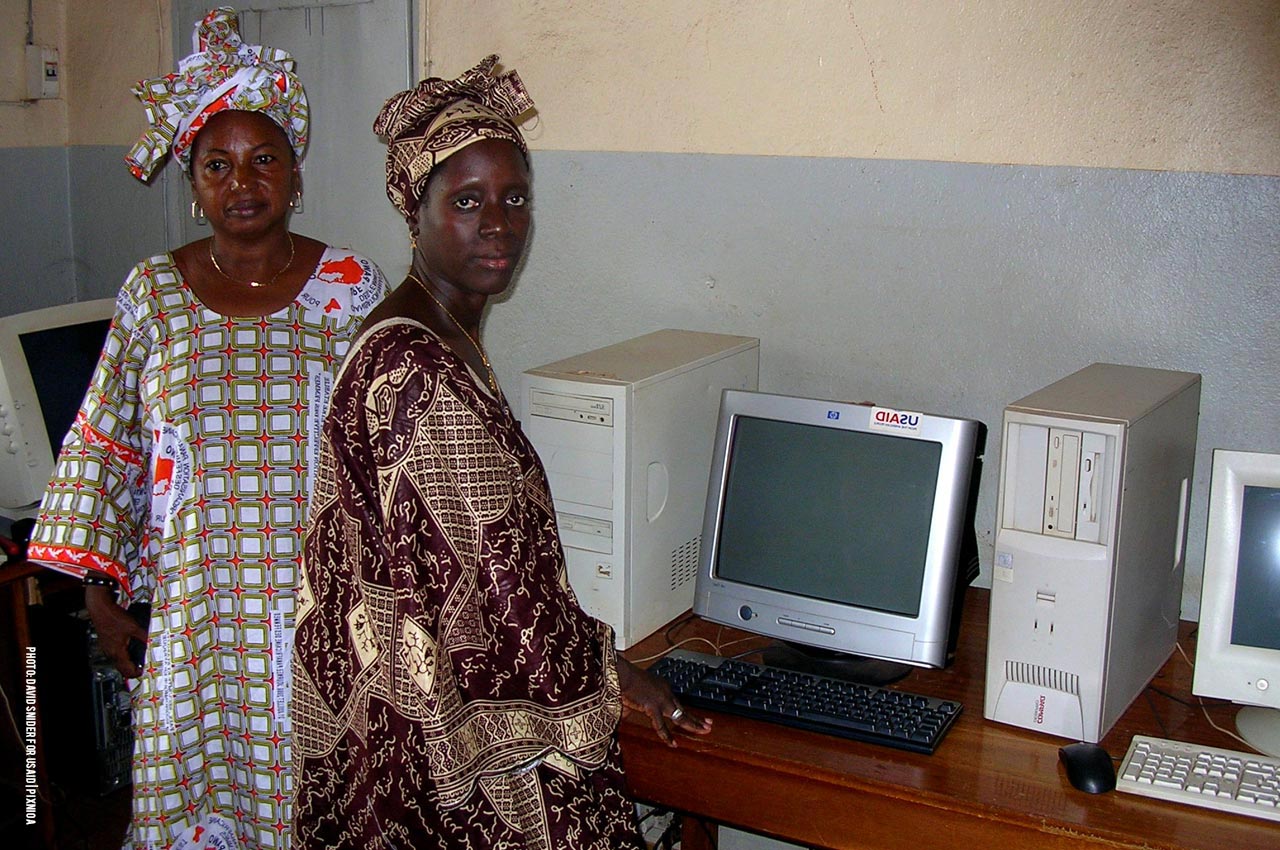
Yet the biggest stumbling block is the excruciatingly slow pace of granting new licences. It is time to take the community radio movement to every village of India. The government can look at removing the bottlenecks and red tapism, and making the movement truly participatory and inclusive. Perhaps Panchayati Raj bodies can be empowered to have their own CRSs. This would help in advancing various government schemes and propagating social messaging.
Many activists and experts in the field argue that the number of stations in India (under 300) is too low and the CRS movement needs a stronger push. Despite the modest number of stations, there is a plethora of shining examples of CRSs performing exceptional service for the community
Many activists and experts in the field argue that the number of stations in India (under 300) is too low and the CRS movement needs a stronger push. Despite the modest number of stations, there is a plethora of shining examples of CRSs performing exceptional service for the community. Gurgaon Ki Awaaz is one such CRS that broadcasts 22 hours of content every day in the district. The station is largely run by women and carries out campaigns on health, gender, migration, and legal education, among other issues. Alfaaz-e-Mewat, Radio Bundelkhand, and Lalit Lokvaani are some other CRSs doing good work for the communities they serve.
Meanwhile, in Uttarakhand, Mandakini ki Awaaz is busy dispelling rumours about Covid-19. Some villagers claimed to have found a stone that could cure the dreaded disease. The station countered with an interview with a top scientist from the state and cautioned people to disregard rumours and adopt Covid-appropriate behaviour. At a time when fake news has become alternative fact, and when commercial and public radio have faltered, the third model of radio broadcasting has continued to prove its worth and has strengthened the call for more robust growth.
By Vidhanshu Kumar

